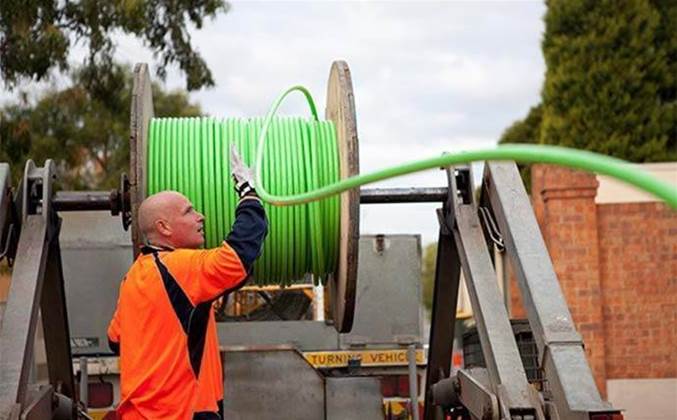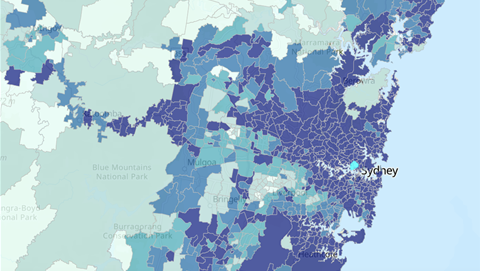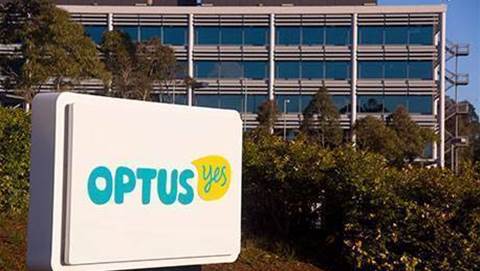The federal government will offer last-mile fibre upgrades to half of NBN Co’s fibre-to-the-node (FTTN) footprint under a $3 billion plan announced today.

[Read the latest: Only 400,000 homes in upgrade footprint will have activated services on full fibre by 2024, about 80 percent less than expected.]
The upgrade plan, which was heavily rumoured through yesterday, will also see a further $400 million put into hybrid-fibre coaxial (HFC) upgrades and $100 million into fibre-to-the-curb (FTTC) upgrades, both aimed at supporting up to gigabit speeds.
The total of $3.5 billion for all of these upgrades will be funded from private debt markets, according to the government.
The offer to bring last-mile fibre connections only to part of the FTTN footprint is based on need, according to the government.
Much like in the business world, where free fibre upgrades are conditional on usage and other contractual commitments, residential FTTN customers will need to order a higher speed plan and request a full-fibre lead-in.
“NBN Co will only build the expensive fibre lead-in if and when a customer orders a higher speed plan,” Communications Minister Paul Fletcher will tell a national press club address later today, based on speech notes sighted by iTnews.
“This on-demand model is used with great success by Chorus in New Zealand and Openreach in the UK - and we’re very happy to copy it.”
“From the outset the plan set out in our 2013 Strategic Review was to get the network rolled out as quickly as possible - and then deliver upgrades when there was demand for them,” Fletcher added in a media statement.
“We’ve steadily delivered on our plan for seven years; the further investment announced today is exactly what our plan envisaged.”
The government intends to contrast its approach to that of the former Labor model, where high-speed connections were provided uniformly to all Australian households, without knowing if the residents wanted high-speed services.
The government said it wants 75 percent of the NBN fixed-line footprint - about 8 million homes - to have access to “ultra-fast broadband” by 2023.
However, it wants to do so “as demand arises”.
“This approach will enable on-demand deployment of fibre lead-ins to households as their requirements exceed existing line-speed capability,” it said.
The biggest slice of the money will go into “taking fibre deeper into neighbourhoods serviced by FTTN technology, enabling on demand fibre upgrades and speeds of up to 1Gbps”.
The government said it will also invest in “a line speed uplift program by resolving in-home cabling issues for premises on the FTTN network.”
There will also be “capacity upgrades on the HFC network to support the availability of up to 1Gbps speeds to all customers on this technology.”
The extra investment in FTTC, meanwhile, is pitched both as remediation and growth to gigabit speeds.
“[The] program on the FTTC network [is] to deliver consistent speeds across this technology up to 100Mbps and then enable on-demand access to G.Fast capability to boost speeds to up to 1Gbps,” the government said.
To date, the only way users unhappy with their access technology have been able to get upgraded is through a user-pays system known as Technology Choice.
Cheaper gigabit speeds in recent months have encouraged more users with capable line speeds to sign up.
However, the services are presently limited to the fibre-to-the-premises (FTTP) footprint and seven percent of the HFC footprint only.
Debt financing
Finance Minister Mathias Cormann said the debt financing of the upgrades would occur more or less alongside the “refinancing [of the] the existing $19.5 billion Commonwealth Government loan by 30 June 2024”.
“NBN Co will bring forward these important investments in Australia’s future broadband capability through private debt, which is possible due to its strong future cash flow position,” he said.
The government yesterday tied NBN Co’s financial position to an ability to bring forward fibre upgrades, though did not respond to questions at the time about whether it had a business case made for residential upgrades.
More details of the upgrades are expected throughout the day as NBN Co releases its corporate plan.
$300m for regional co-investment
Outside of the fixed-line footprint, there is much less on offer.
The government said it will “prioritise regional connectivity through a $300 million co-investment fund that enables NBN Co to partner with governments and local councils to deliver technology upgrades, particularly in fixed wireless and satellite areas.”


























